Posts
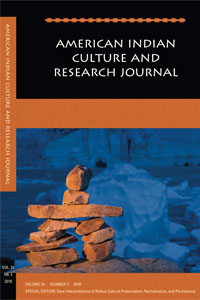
Special Issue of American Indian Studies Culture and Research Journal Focuses on COVID-19 and Indigenous Peoples
Dr. Randall Akee along with Dr. Stephanie Russo Carroll,…
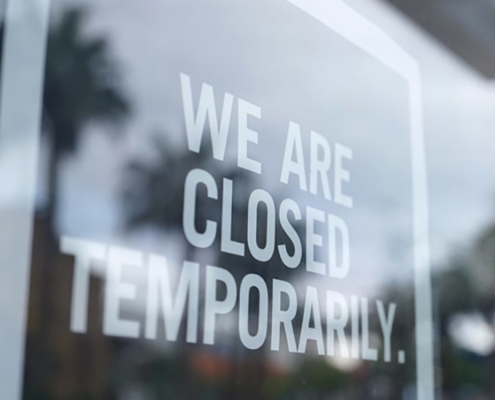
CPL’s New Research Finds Sharp Increase in Share of Unemployed/Under-Employed Workers Who Receive UI Benefits in CA
The UCLA California Policy Lab (CPL) recently released a new…

LA Social Science Book Series on the “Fury of COVID-19” with Professor Vinay Lal
Dr. Vinay Lal, UCLA professor of history and Asian American…

UCLA California Policy Lab’s Latest Policy Brief Highlights the Difficulties CA. Workers Continue to Experience as the Economy Re-Opens
The UCLA California Policy Lab has released their fourth policy…
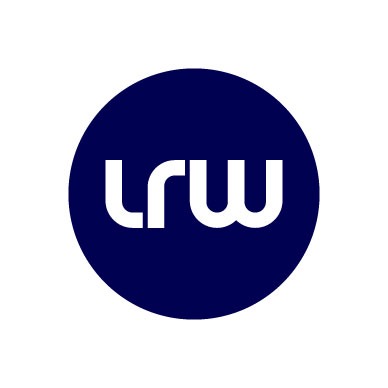
Community Partners in the News: UCLA Alum’s LRW Group Contributes to LA County COVID-19 Study
LRW Group, a local marketing services firm and UCLA Division…
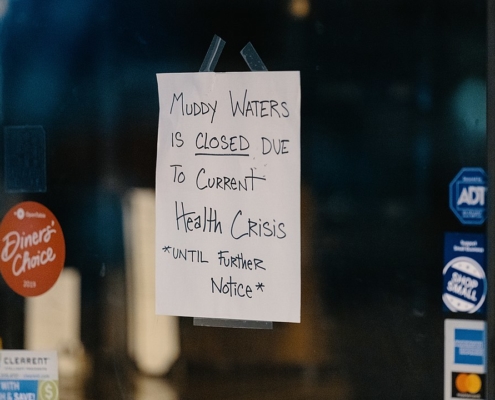
Pandemic Inequalities: Assessing the Fallout in the Restaurant Industry
By Eli R. Wilson, Assistant Professor of Sociology, University…

LA Social Science Presents “Conversations with Changemakers” Featuring Dr. Daniel Fessler (Video)
LA Social Science interviewed Dr. Daniel Fessler, Anthropologist…

Inverted Relationships: Humans and Dogs in the Times of Coronavirus Anxiety
Professor Vinay Lal, UCLA Professor of History and Asian…
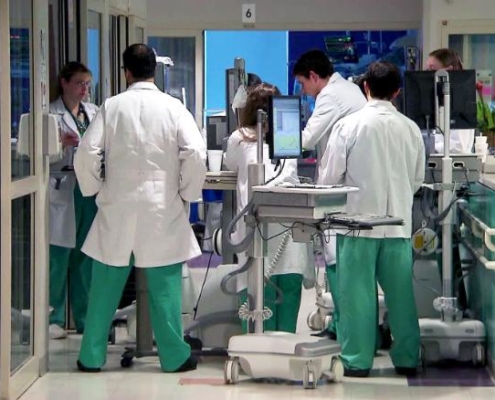
The Coronavirus and the Humbling of America
Professor Vinay Lal, UCLA Professor of History and Asian…
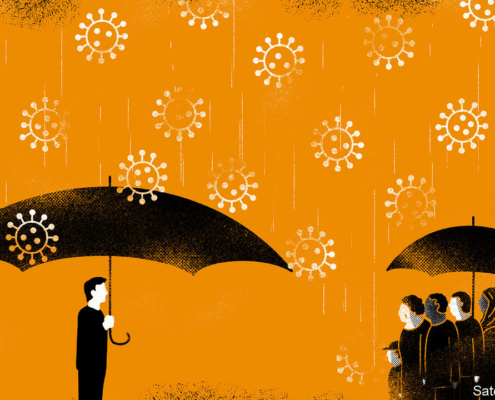
Open Letter on Inequities and the COVID-19 Response
Professors Chandra L. Ford (UCLA), Bita Amani (Charles Drew…

